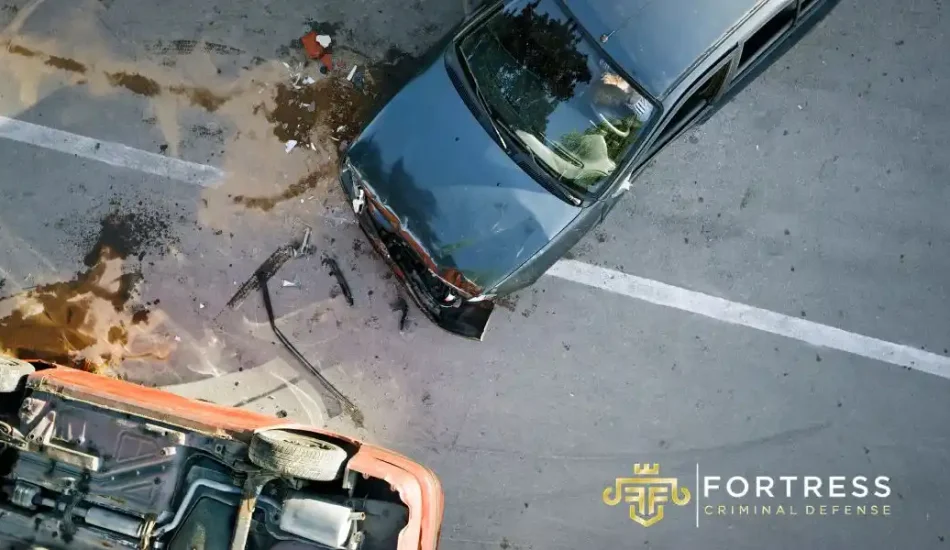Your Car Accident Attorney In Phoenix Can Help Establish Negligence

If you are involved in a car accident in Phoenix, Arizona, it is important to know what will transpire. Quite often, you have to deal with a lawsuit. Being prepared is key to winning. However, car accidents are tricky. The fact that the other party is at fault may not be enough. As your car accident attorney in Arizona will surely explain, there is enough blame to go around.
If you plan to get the compensation needed to pay medical bills, car insurance, vehicle damage, etc., then you need to appreciate the terms “contributory” and “comparative” negligence.
Who is at fault?
In general, the law looks for someone to blame for traffic accidents. All drivers possess a duty to protect themselves and others from danger. When someone acts carelessly behind the wheel, they are in breach of this duty. A judge or jury may then find them at fault for the damage done.
If you have been injured by another party, it is possible to request compensatory damages. This financial award will cover the out of pocket expenses and lost wages resulting from the accident.
The Problem with Determining Fault
You might think it a simple matter to prove that someone has done wrong. Such is usually not the case. Road accidents happen very fast. It takes a split second for a collision to occur.
Both parties might have been able to avoid the accident. Likewise, you and the other driver may both possess some degree of blame for causing the collision. In most cases, your opponent will make this claim in court. They will inform the judge or jury just what role you played. It is then that comparative and contributory negligence comes into play.
Contributory Negligence
Many jurisdictions no longer follow the strict legal theory of contributory negligence. This rule made it impossible to recover damages if you had played any role in causing the accident. Drivers accused of negligence had only to find a minuscule amount of evidence implicating their accuser to walk free.
Because the rule made things difficult for people injured in car accidents, states have tried to move away from contributory negligence.
Comparative Negligence
Comparative negligence, which is more common today, allows judges and juries to measure the percentage of blame between the two opponents. Both drivers have to accept the blame for what they did or did not do during the accident.
Pure Comparative Negligence
This system assesses the amount of blame among the drivers. Both drivers can sue one another. Even if you were more at fault than the other person, it does not matter. You can still sue them.
Of course, the court will reduce your winnings based on the percentage of fault you bore. Some find this regime unfair because they believe a driver mostly at fault for hurting another person should not be able to initiate a lawsuit.
Modified Comparative Negligence
In a modified comparative fault system, an injured driver may file a lawsuit and collect damages. Nevertheless, they can only do so if they were 50 percent or less responsible for the accident. This modified approach helps ease the fear that errant drivers will benefit from their actions.
Establishing Negligence
You and your car accident attorney in Phoenix will have to establish the negligence of the other driver. Doing so means proving, in general, that there existed a duty to drive reasonably, that this person failed in their duty and that the injuries you suffered were because of the accident.
Consult with an Experienced Attorney Today
If you have been hurt in a Phoenix car accident, contact a compassionate personal injury law firm, such as Cantor Crane, today at (440) 340-1740.


